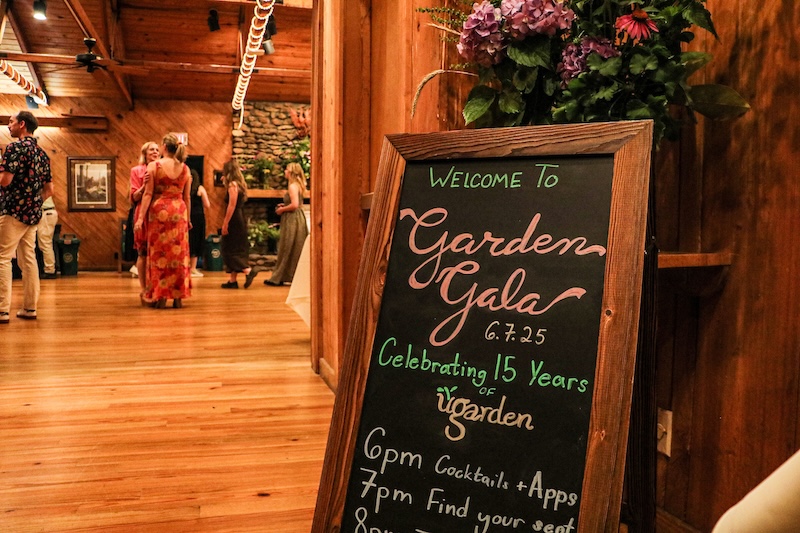By Kathryn Taylor
University of Georgia

Volume XXVIII |
Plum variety
Gardeners can choose among several varieties.
"Methley," a small but sweet early-season variety, is self- fertile and crops reliably. "Morris" is a commercial plum that's productive and firmer.
Two Auburn releases, "AU Rubrum" and "AU Producer," produce reliably. And several Georgia releases, like "Spring Satin" (a plum-apricot hybrid), the yellow-fleshed "Byrongold" or the tasty "Rubysweet," are good for fresh eating.
Many gardeners prefer plums that are best when eaten green, like "Bruce," "Six Weeks," "Robusto" or "Segundo."
Whatever you choose, you need at least two plum varieties for pollination and fruitfulness, since plums are generally not self-fertile.
When considering other varieties, choose trees recommended for zones 7 or 8. A good, central Web site that lists fruit tree nurseries is ssfruit. cas.psu.edu/appendix/appendix1.htm. Several Tennessee nurseries sell plum trees appropriate to the Southeast.
Grow them most anywhere
Plums will grow all over the country but often flower early, making them vulnerable to spring frosts. In the home garden or landscape, proper placement can reduce the vulnerability of the fruit and flowers to frost.
Placing plum trees next to a wall can protect against cold winds, mitigate temperature inversions and allow heat storage. Placing them on a grade, too, allows cold air to drain into lower areas, providing protection on frosty nights.
Another trick some gardeners use is to keep outdoor Christmas lights on fruit trees to protect them on cold nights.
Soil results important
A well-drained, sandy-loam soil at a pH of 6.5 is ideal for growing plums. It's best to have the soil checked before you plant.
The test will tell how much lime and phosphorus to add to the soil before planting. Work these into the soil throughout the rooting depth -- generally, 18-24 inches will be enough.
Don't add any fertilizer to the planting hole. Do this later. In the first and second years, add 1 pound of 10-10-10 in March and 1.5 cups of calcium nitrate in May and July. Thereafter, apply two-thirds cup of calcium nitrate each March and August Be careful not to place the fertilizer against the tree's bark.
Tree formation
Immediately after planting a 30-inch, one-year-old tree in February or March, cut it off at 18 to 24 inches to force bud break of lower buds.
Then, during the summer, select about four that are at a 25- to 30-degree angle from the vertical, forming the framework for a "bowl" or "vase." The ultimate shape of the tree depends on its growth habit.
Plum trees have forms ranging from spreading to upright and need to be pruned with the natural pattern in mind. Prune the upright type to spreading limbs and the spreading type to more upright limbs. These will become the scaffolds that will bear fruit close to the trunk, keeping it in easy reach for harvest.






